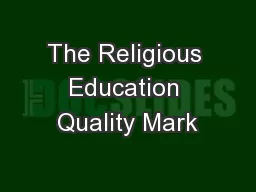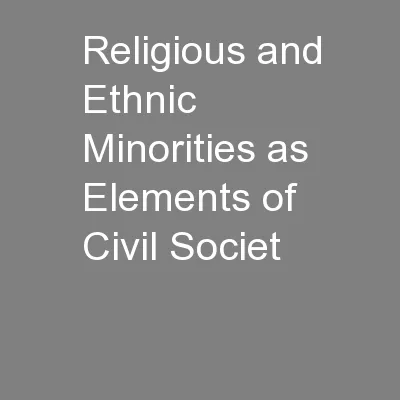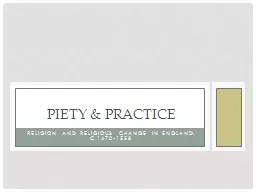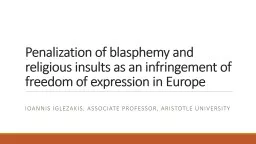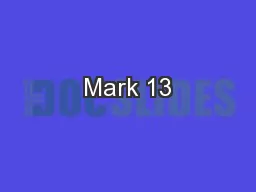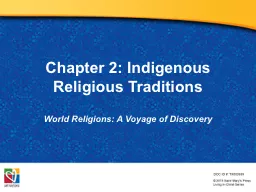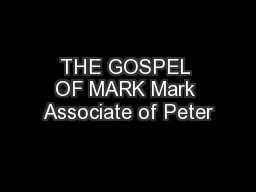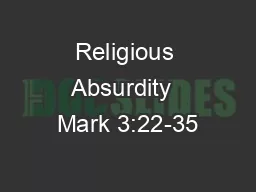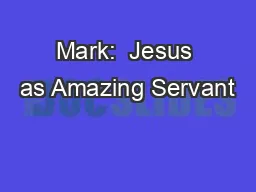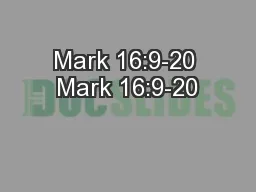PPT-The Religious Education Quality Mark
Author : conchita-marotz | Published Date : 2017-08-27
Recognising outstanding learning in Religious E ducation Stephanie Crossley REQM Mark Assessor Lead teacher REQM Eastern Project Discuss with a partner One
Presentation Embed Code
Download Presentation
Download Presentation The PPT/PDF document "The Religious Education Quality Mark" is the property of its rightful owner. Permission is granted to download and print the materials on this website for personal, non-commercial use only, and to display it on your personal computer provided you do not modify the materials and that you retain all copyright notices contained in the materials. By downloading content from our website, you accept the terms of this agreement.
The Religious Education Quality Mark: Transcript
Download Rules Of Document
"The Religious Education Quality Mark"The content belongs to its owner. You may download and print it for personal use, without modification, and keep all copyright notices. By downloading, you agree to these terms.
Related Documents

